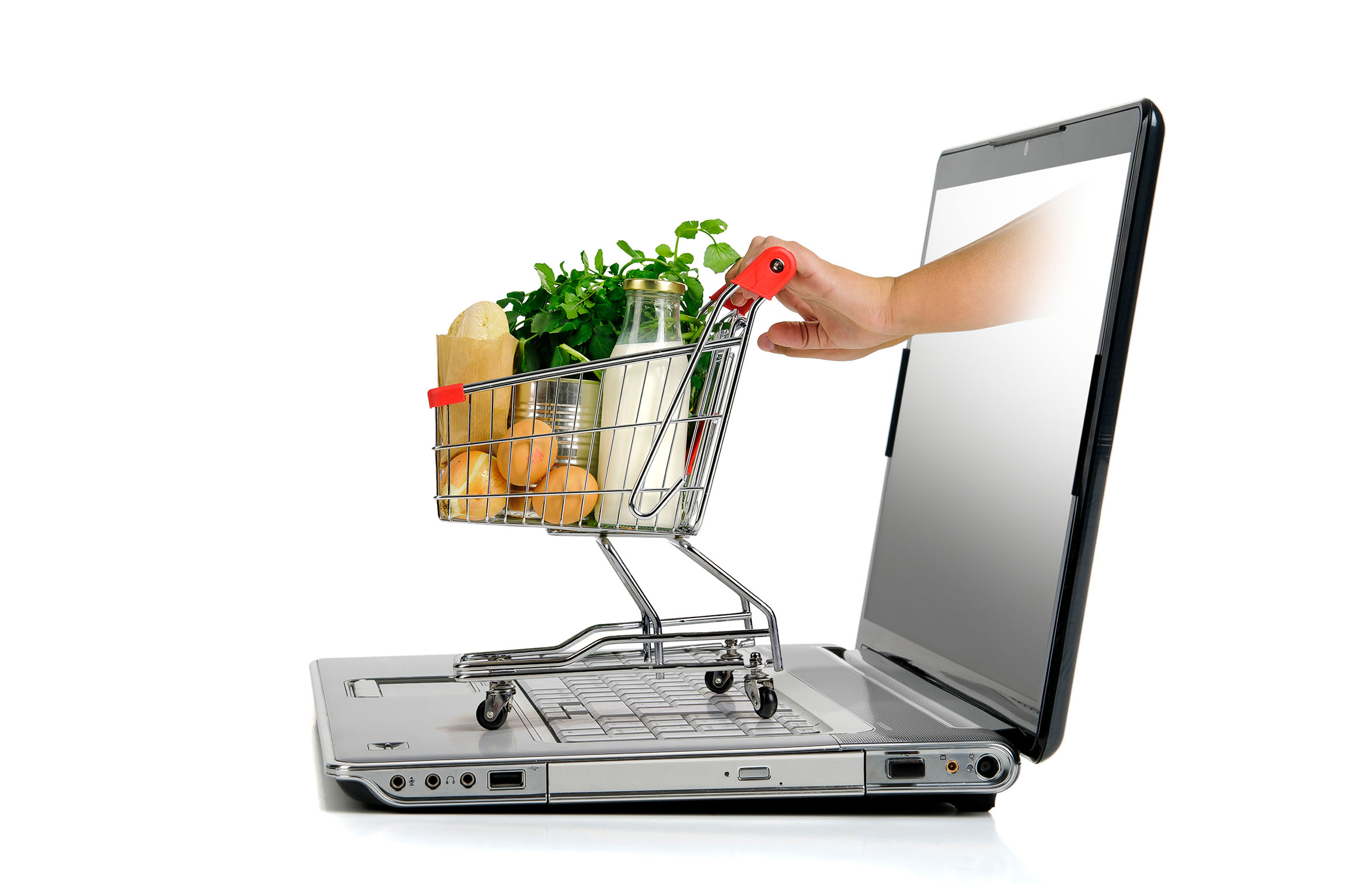


Fast-changing shopping habits among Chinese consumers are hurting foreign supermarket and hypermarket chains, with competition from online grocers a growing threat, according to retail analysts.
Online grocery sales in China rose nearly 50 percent in 2014, while hypermarket and supermarket sales rose only 6.7 percent, mostly due to new store openings, according to a recent report from OC&C Strategy Consultants. After initial success in China during the last decade, almost all major retail players, including Sun Art Group, CRV, Carrefour, Walmart, and Wumart, now are struggling with slow or even negative growth, according to the report.
OC&C researchers said big-box retailers are struggling to adapt by revamping store formats and selling more groceries online to keep pace with Chinese consumers, who in major cities are taking to online grocery shopping at rates not seen in more developed economies.
The increasing popularity of online grocery shopping is to an extent a global phenomenon. According to a recent 60-country consumer survey by Nielsen, one quarter of respondents said they ordered grocery products online, and 55 percent said they would be willing to do so in the future.
But the trend is particularly pronounced in China, where consumer behaviors and tastes change more rapidly than in many established markets, analysts said.According to a report from management consultancy Mckinsey, 40% of Chinese consumers buy food online, in contrast to just 10% of their counterparts in the U.S., where the weekly ritual of driving to the suburban supermarket or hypermarket has been ingrained in consumers for decades.Anotherrecent report on the global grocery business byFung Business Intelligence Centreshowedless than 1 percent of grocery sales in the U.S. occurred online last year.
In contrast, analysts said, online grocery shopping is taking off in China in part because members of China’s rising middle-class—many still without cars and living in densely populated cities—are more accustomed to rapid social change and more willing to try new shopping behaviors such as buying groceries online for home delivery.
“For generations it’s been a driving culture in the U.S., and that’s the problem” for online grocery sales, said Matthew Crabbe, Asia-Pacific director at marketing research group Mintel. In China, however, “people are used to constant, rapid change, and you’ve got a very dense population so it is easier to sell things to people online and deliver to them,” Crabbe said. “It’s easier to get to people.” China’s speedy adoption of mobile shopping is also making it convenient for Chinese consumers to order groceries online, Crabbe added.
“I think one of the real bottlenecks has been logistics, but companies have started to find their way around that,” he said. While Carrefour and Tesco are operating online businesses “with varying degrees of success,” Crabbe said, the speed of the market’s development “has caught traditional retailers off guard.”
China’s nascent online grocery market has no clear leaders yet, Crabbe said. One of the companies that is making strides in online grocery sales is Tmall.com, the big B2C marketplace owned by Alibaba Group. Huang Aizhu, a Tmall senior director who leads its fast-moving consumer goods category, says improvements in e-payment systems, better logistics, wider product selections and the availability of information on the Web are all factors that are contributing to a better online grocery shopping experience.
In major Chinese cities, shoppers can place orders via mobile phone or PC on Tmall’s virtual supermarket and receive packaged goods in one or two days, Huang said. Cainiao, Alibaba Group’slogistics affiliate, is reducing delivery times further by opening grocery distribution centers in major population areas.
The company recently opened its sixth distribution center in Chengdu, following centers in Tianjin, Shanghai, Suzhou, Guangzhou and Jinhua. Cainiao said its network can now provide grocery delivery to Tmall shoppers in more than 250 cities across 25 provinces. The company plans to offer next-day deliveryof dry goods in 50 cities by the end of 2015, covering a population of more than 100 million.
Online marketplaces such as Tmall are also tackling the challenge of delivering fresh foods and produce through so-called “cold-chain” delivery networks. This month, three fresh food distribution centersare openingin Beijing, Shanghai and Guangzhou to support fresh good sales on Tmall.com and Taobao Marketplace, said Cainiao official Maggie Chen, who leads the fresh food delivery team. This will enable fresh food to be delivered by refrigerated trucks and special refrigerated boxes to buyers in18 cities the next day after purchase to ensure freshness. Cainiao said it aims to expand the serviceto 66 cities by the end of the year.
FORNEWS ABOUT CAINIAO’S FRESH FOOD DISTRIBUTION CENTERS, CLICK HERE.
Huang of Tmall.com said offline stores still have advantages, for example, when selling leafy vegetables. “But online shops are able to offer more options and better prices,” she said.
As Chinese grocery shoppers shift to the Web, major retailers are joining online marketplaces to reach a wider customer base. Tmall Global, which offers a direct-to-consumer sales channel, has partnered with nine multinational supermarkets and hypermarkets to allow them to sell online to Chinese consumers at prices that are the same as in other markets, with free overseas shipping. Tmall Global’s partners are Costco (U.S.), emart (South Korea), Lottemart (South Korea), RT-Mart (Taiwan), Countdown (New Zealand), King Power (Thailand), FoodWorks (Australia), Inferno (Germany), and Fresta (Japan).
“The thing is, people’s shopping patterns have changed, so traditional retailers should change, too,” said Huang.





